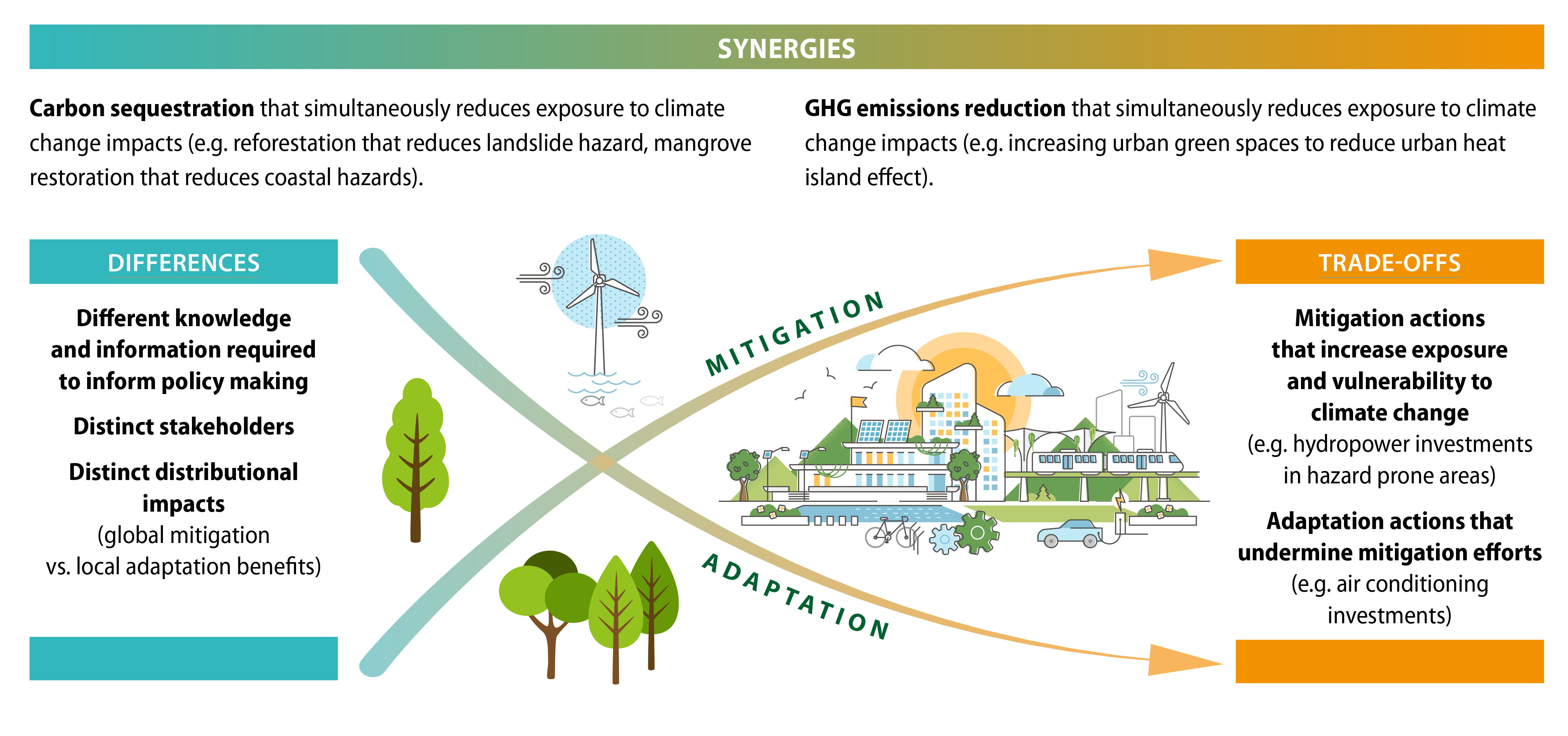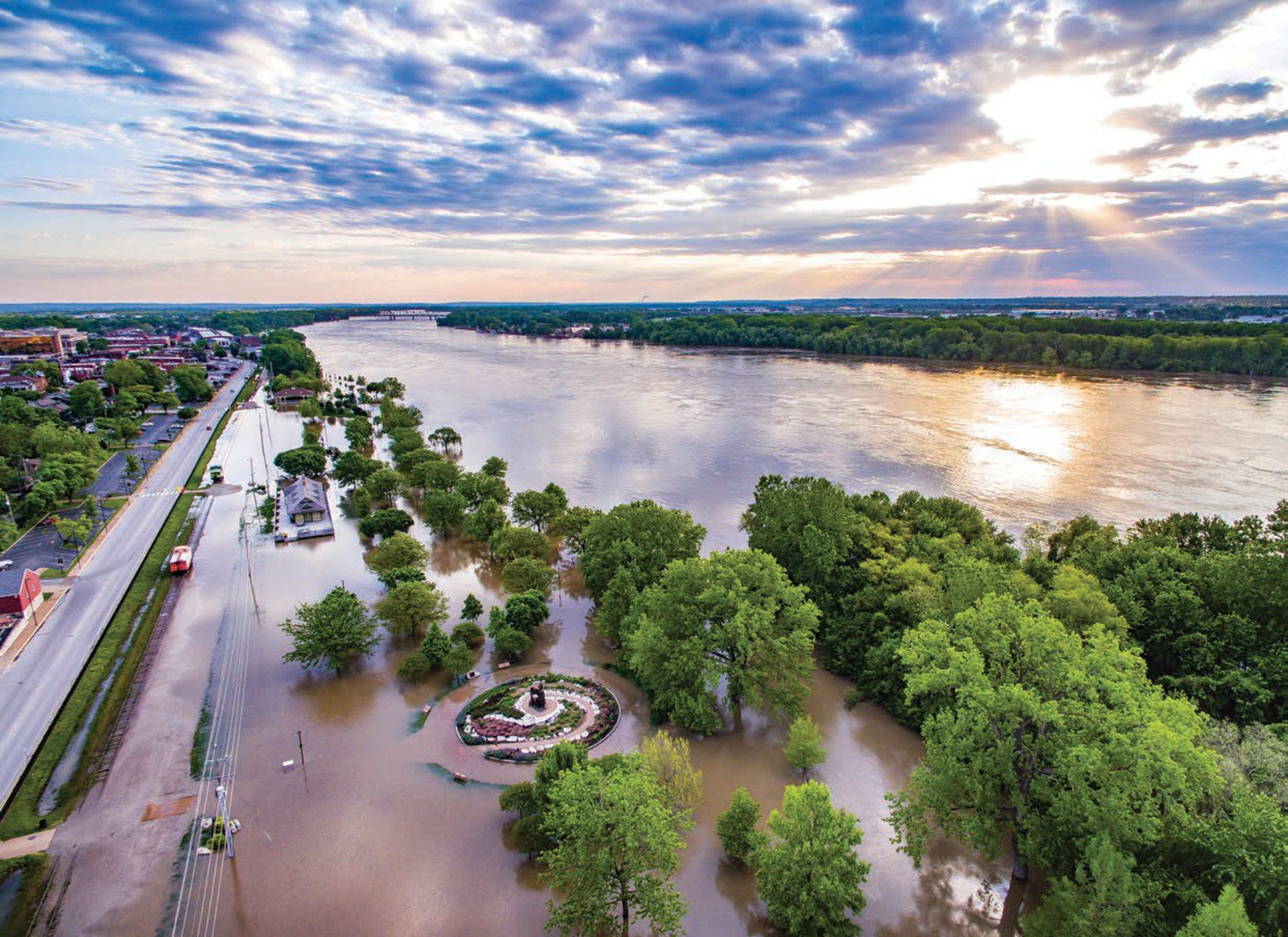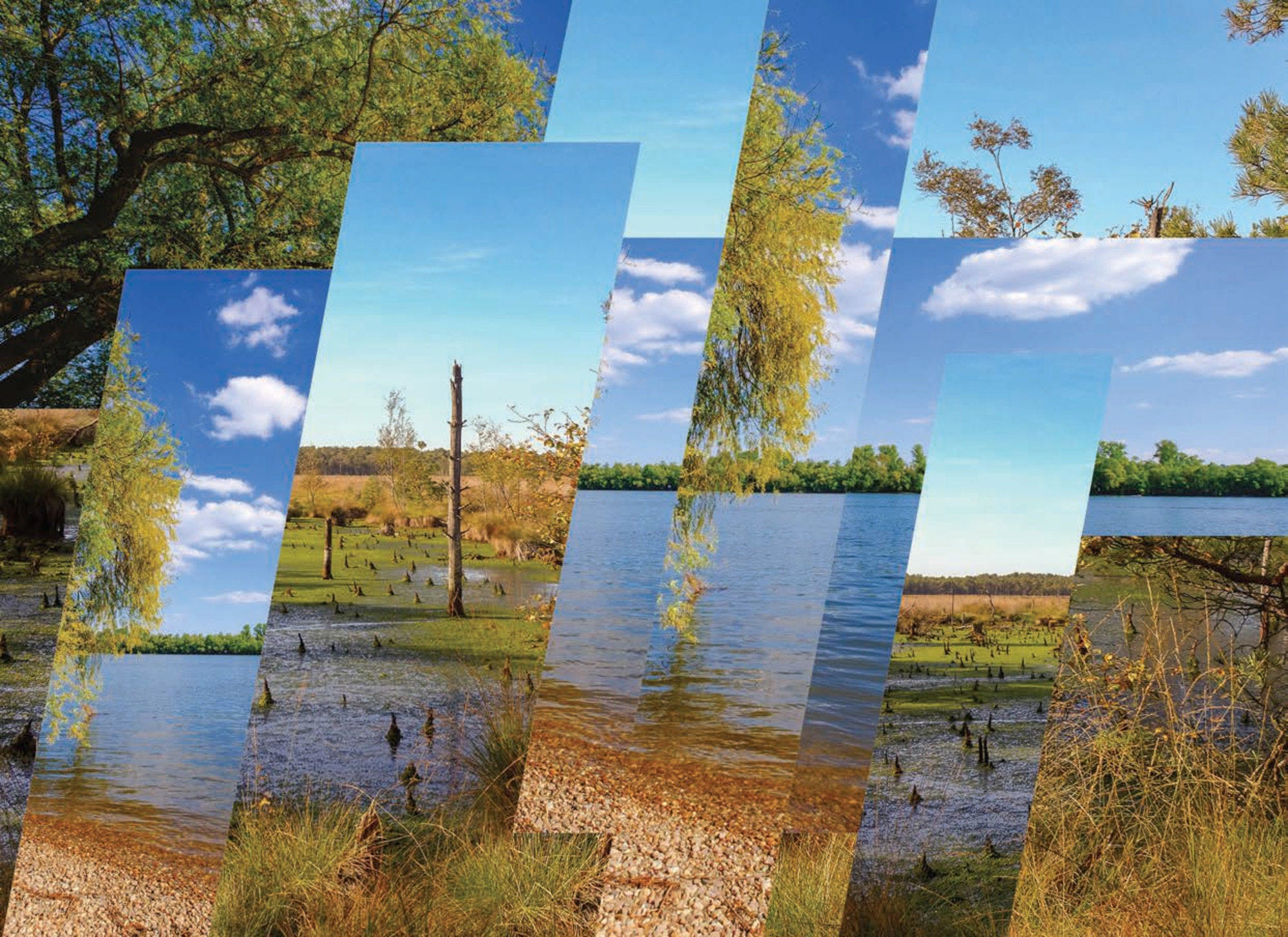Healthy ecosystems can play a key role in strengthening resilience to a changing climate. Nature-based solutions, such as wetland restoration and forest conservation, have been recognised for their potential to provide effective natural protection against climate risks and address the threats posed by climate change. Coastal wetland protection is estimated to have helped prevent over USD 500 million in direct property damage during Hurricane Sandy in 2012. Nature-based solutions can be used as a substitute or complement to grey infrastructure, and provide a wide range of co-benefits for biodiversity, human well-being and communities. OECD work supports countries in enabling nature-based solutions to increase their use to build socio-economic resilience to climate change.
Nature-based solutions and climate-resilient infrastructure
Infrastructure is key to a well-functioning society and economy. However, climate impacts are leading to widespread infrastructure disruptions. The OECD guides countries in adapting the planning, design and operation to climate change. It also helps identify innovative measures, such as Nature-based Solutions, to climate-proof infrastructure effectively.

Key messages
Climate change affects all infrastructure assets and their operations from both slow and rapid onset events, however different sectors are threatened in distinct ways. While droughts can severely hinder riverine transport, they have limited effects on rail, air and road transport. In contrast, high temperatures may affect road infrastructure at highways and airports, as well as railway lines, while leaving sea and river transport routes largely unaffected.
As climate risks and impacts become more severe across OECD countries, climate-proofing infrastructure is essential. To ensure the long-term resilience of infrastructure networks and their services, climate resilience must be considered throughout the entire infrastructure life cycle. Assets must be designed, built and operated in ways that respond to a changing climate, while existing assets need to be retrofitted and adjusted to ensure sufficient levels of resilience. The ability to achieve this relies on effective adaptation planning and implementation, as well as co-operation between public and private stakeholders.
Climate adaptation and mitigation are two sides of the same coin. While policy action on each front is spearheaded by different policy communities, understanding the linkages between these compelling policy priorities is essential. Measures like forest conservation and smart urban planning can help fight emissions while making communities more resilient to climate change. Similar opportunities exist in coastal, water and agriculture policy. Designing policies in a way that harnesses these synergies and manages the trade-offs between adaptation and mitigation can reinforce climate change policy effectiveness.
Context
Domains where Nature-based Solutions are applied in OECD countries
Nature-based solutions feature quite prominently in water management strategies, and many countries seem to be using NbS to address water quality, quantity (i.e. water scarcity) as well as flood risk management issues. An OECD survey found that a large majority of country respondents include NbS in their water management strategies. Seventeen countries put forward that NbS are being used for water quantity management, while 18 countries use NbS for flood risk management. Examples of other uses included managing storm water and rainwater harvesting.
The exposure of seaports to coastal risks will increase by the end of the 21st century across the globe
Globally, the world’s seaports are projected to be under very high risk of climate change-induced extreme weather. Under a high-emissions scenario (RCP 8.5), 14% of port operations are projected to be high at risk for coastal flooding and storm surges by the end of the 21st century compared to less than 4% in 2023.

Nature-based solutions can foster synergies between adaptation and mitigation
Climate change adaptation and mitigation policies have often been addressed separately in the past, and there are good reasons for distinct policies. The type of knowledge needed to inform adaptation and mitigation policies is different. As a result, distinct stakeholders have been involved in the implementation of adaptation and mitigation policies. Yet, there are synergies between adaptation and mitigation efforts that can help to achieve climate resilience more effectively. For example, nature-based solutions create an opportunity to increase carbon storage capacity, while also contributing to reduce weather-related risks. Identifying these opportunities can help avoid trade-offs and develop mutually reinforcing policies.

Related publications
-
 Policy paper8 January 2021
Policy paper8 January 2021
Related policy issues
-
Progress towards net-zero emissions must go hand in hand with efforts to build the resilience of people, economies and ecosystems to the mounting impacts of climate change.Learn more
-
Despite considerable progress, we need bolder action and deeper global co-operation to achieve net-zero emissions and limit climate change, which interconnects with biodiversity loss and pollution to form a triple planetary crisis. Addressing policy gaps and taking a systems-wide approach can also help countries to seize the economic opportunities offered by the net-zero transition. The OECD works to support governments and international bodies, including by providing rigorous data, analysis and policy recommendations, to raise ambition and improve outcomes on climate mitigation, adaptation, resilience and financing.Learn more




